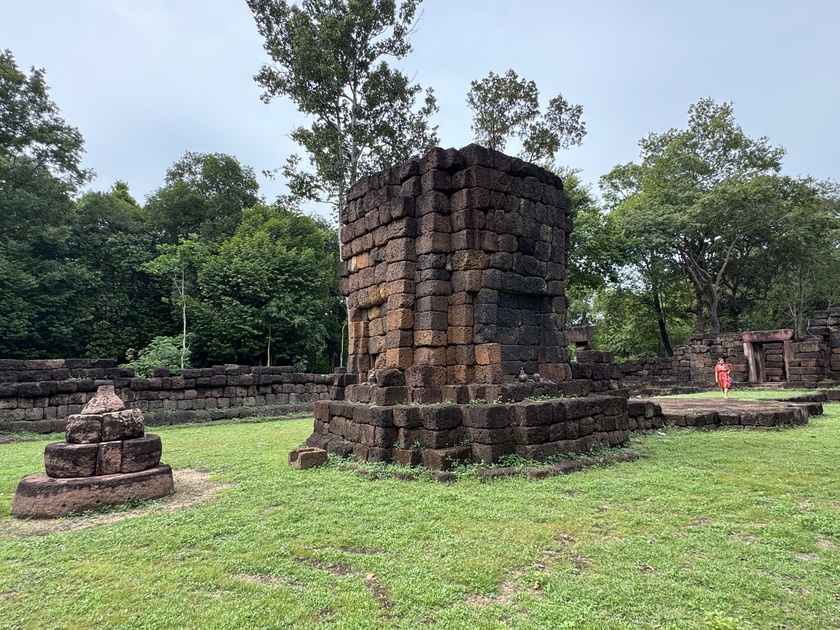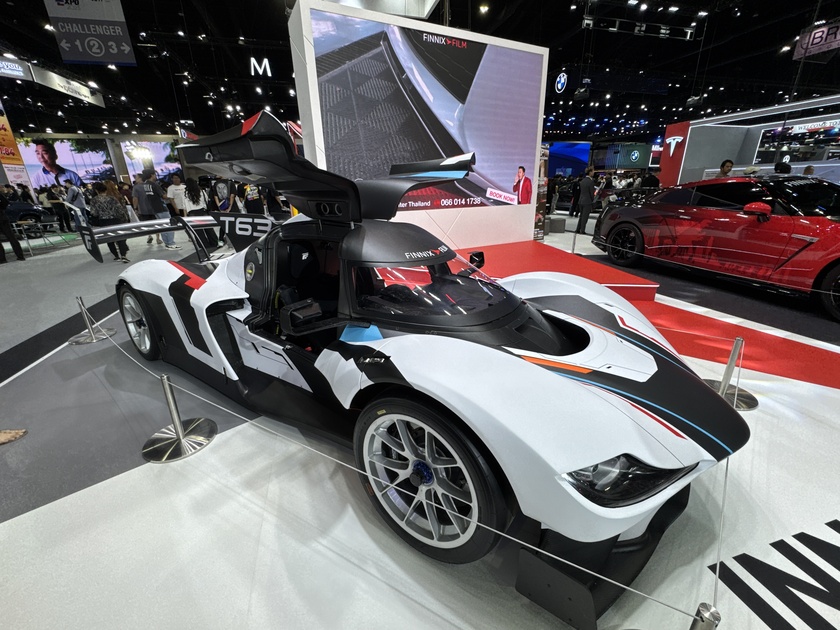Ku Kan Tha Nam กู่กันท่าน้ำ
Ku Kan Tha Nam is a historical and religious site located in Roi Et Province, Thailand. It is a well-preserved arogyasala, which refers to ancient hospital chapels built during the reign of King Jayavarman VII of the Khmer Empire in the late 12th century.
This particular arogyasala is among the many that were constructed to provide medical care and serve as places of worship. The site is located on the edge of a low, wooded ridge in the southeastern part of Roi Et Province, close to the border with Sisaket Province.
The structure of Ku Kan Tha Nam follows the standard arogyasala layout, which includes an east-facing shrine, a 'library' to the southeast, and an enclosing wall with an eastern gopura. The site also features a small pond just outside the enclosure to the northeast. The laterite sanctuary is partially intact and has undergone some renovation, though it lacks decorative elements in situ, with the exception of a sandstone pedestal.
...
Wat Metta Dharma Bodhiyan (Wat Mettatham Phothiyan) Kanchanaburi Thailand
Due to its amazing 12 meter tall Guan Yin Bodhisattva statues carved in teak wood, this fairly recent temple quickly became the most famous Chinese temple in Kanchanaburi.
The covered courtyard which welcomes you does not suggest what you are going to discover inside: a hall with all the partitions and ceilings in carved teak wood. In the middle of which enthroned, back to back, are the 4 statues of the chinse goddess with 18 arms and a thousand smaller arms with a thousand eyes.
In the peripheral corridors, dozens of unique statues are also made of carved wood. Wat Mettatham Photiyan is set to expand to accommodate even more statues. Hundreds more are already stored to the right of the main hall and are waiting to be installed in the new temple buildings.
In addition to one of the most amazing wooden statues you will ever see the temple is currently building a 165 meter tall, with a base of 108 meter, Buddha Statue. ...
One of the most delightful flower festivals in Thailand, the Suanluang Rama IX Flower Festival is taking place again this year from 1-10 December, 2024. In addition to countless flowers the park hosts a floating market offering trafitional foods and crafts in cooperation with the TAT.
Suan Luang Rama IX สวนหลวง ร.๙, also referred to as King Rama IX Park, is a public park in Bangkok's Prawet District. With an area of 500 rai (200 acres), it is the largest park in the city.
The park was built to celebrate King Bhumibol Adulyadej's sixtieth birthday in 1987, and was opened by the King on 1 December that year. It features extensive botanical gardens, a lake, and a pavilion housing exhibits in honor of the King.
It is a beautiful area and a great break from the hustle and bustle of the city. The park is a great green spot to enjoy the wildlife and nature of the tropics. Countless flowers and trees are there to be photographed.
Suan Luang Rama IX Flower Festival 2025 - ...
The 42nd Thailand International Motor Expo 2025
The Thailand International Motor Expo (commonly known as Motor Expo) is Southeast Asia’s premier automotive showcase, featuring the latest in cars, motorcycles, boats, aircraft, motorsport gear, auto parts, car audio, and accessories.
The 2025 edition, themed “The Magnificent Motor Expo,” runs from November 29 to December 10, 2025, at IMPACT Challenger Halls 1–3 in Muang Thong Thani, Nonthaburi (a northern suburb of Bangkok). With over 42 brands from 8 countries participating, it’s a massive event that attracts around 1.5–2 million visitors annually, blending cutting-edge tech, test drives, and exclusive deals.
Over 42 automotive brands, including AION, Audi, BMW, BYD, Chery, Ford, Honda, Hyundai, Isuzu, Jeep, Kia, Lexus, Mazda, Mercedes-Benz, MG, Mitsubishi, Nissan, Porsche, Suzuki, Tesla, Toyota, Volvo, and Chinese EV giants like XPeng and Zeekr. Plus, independent tuners like M’Z Speed for custom mods.
Heavy emphasis on electric ...




















































